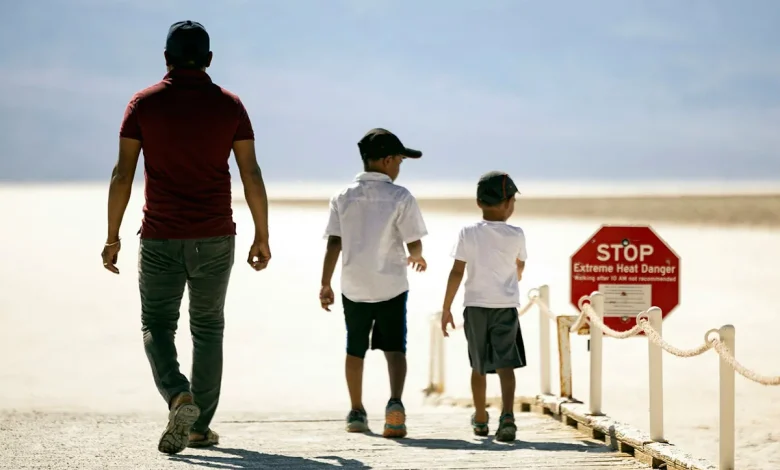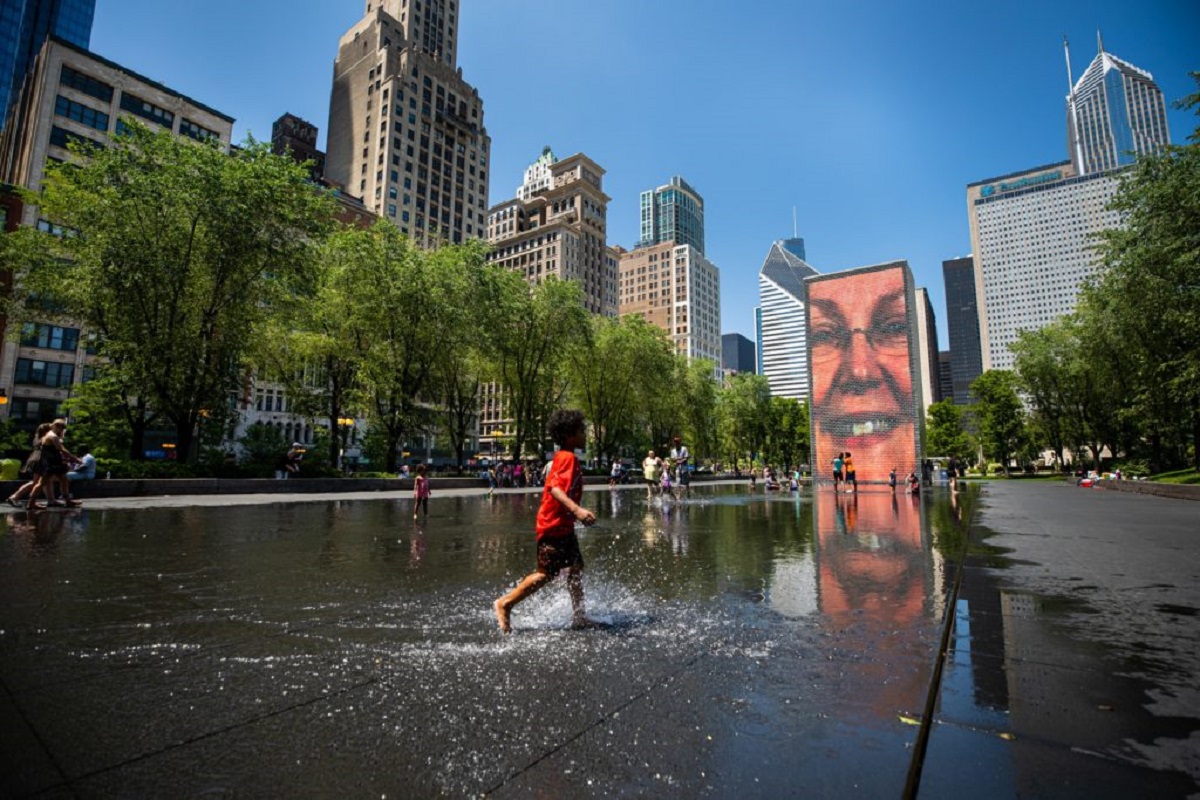Scientists Warn: Extreme Heat Can Kill You

Extreme Heat: Heat smartly brings death and underlying problems such as cardiovascular and kidney disease also make the situation worse.
Only a few weeks after the beginning of summer, an unprecedented heat wave has arrived in some regions of the northern hemisphere, including the United States of America. It is believed that 38 people have died so far due to problems caused by the heat.
Extreme Heat, Climate change has fueled extreme heat, and researchers, striving to better understand the limits of human survival, have focused on what temperature threshold it is possible to survive without ventilation or cooling. They are also working on some areas of the world where temperatures are rapidly reaching lethal levels.
Some scientists are even worried that mass death may occur as heat enters areas that do not have cooling. They believe that the threshold for human survival in heat, especially for the elderly and residents of arid regions, is lower than previously thought.
In a report, NBC News has pointed out important points in facing the extreme heat of summer.
Extreme Heat
1. Keep The Core Cool
The human body cannot tolerate a temperature of 43 degrees Celsius. Experts say that if the core temperature of a person’s body reaches this level, it is very likely that he will die. Heat smartly brings death and underlying problems such as cardiovascular and kidney disease make the situation worse.
Extreme Heat
2. Humidity Is The Key
Humans keep the core of the body cool by sweating and expelling heat. Scott Denning, a climate scientist and professor of atmospheric sciences at Colorado State University, says: “In very humid climates, body sweat does not evaporate, so the surface of the skin cannot cool the inner surfaces of the skin. The increase in the body’s metabolic heat causes high fever and heatstroke, and then death occurs.”
Extreme Heat
3. Wet Bubble Temperature

Scientists often use the “moist bulb temperature” or “wet bulb temperature” measure to measure heat and humidity. Denning says the temperature of the wet bulb should be a few degrees cooler than the body’s internal temperature. Otherwise, the heat will not leave the body.
Extreme Heat
4. Effective Limit
After a 2010 study, most climate researchers considered a wet-bulb temperature of 35°C, which is equivalent to 35°C at 100% humidity, as the highest human tolerance for heat, without the use of cooling devices. But this endurance limit does not include things like exposure to the sun, the amount and type of clothing and physical activity.
Extreme Heat
5. Approaching This Heat Limit
Extreme Heat, Through a 2020 study, researchers found that the frequency of extremely humid heat has doubled since 1979, and that several regions of the Earth, including the coasts of India, Pakistan, the Persian Gulf, and the Gulf of Mexico, are approaching the threshold of a humid bubble. Two regions also exceeded this limit for a short time. Denning says researchers are concerned about mass die-offs in those areas as Earth’s temperature continues to rise.
In large urban areas around the Arabian Sea and the Indian Ocean region, there are hundreds of millions of people who do not have access to cooling.
Extreme Heat, Some new research shows that this resilience threshold is not realistic. According to the research estimates made in 2022, the wet bulb temperature threshold is close to 31-30°C for “young and healthy” people who have the main responsibilities of life. But the survival rate is different for the elderly and those who live in dry areas.
According to this research, most of the elderly do not sweat enough and if they are exposed to temperatures above 46 degrees Celsius for six hours, even when the air humidity is low and they are in the shade, they are in serious danger. Experts say that there is no definite limit to survival and it is dangerous to think like this.
Also Read:
In A Severe Heat Wave, How Much Water Should Be Consumed Daily?
Dealing With Heatstroke: How To Deal With Heatstroke And Other Emergency Effects Caused By Heat?
Personal Hygiene: A Pillowcase In Summer Can Be Dirtier Than A Toilet




